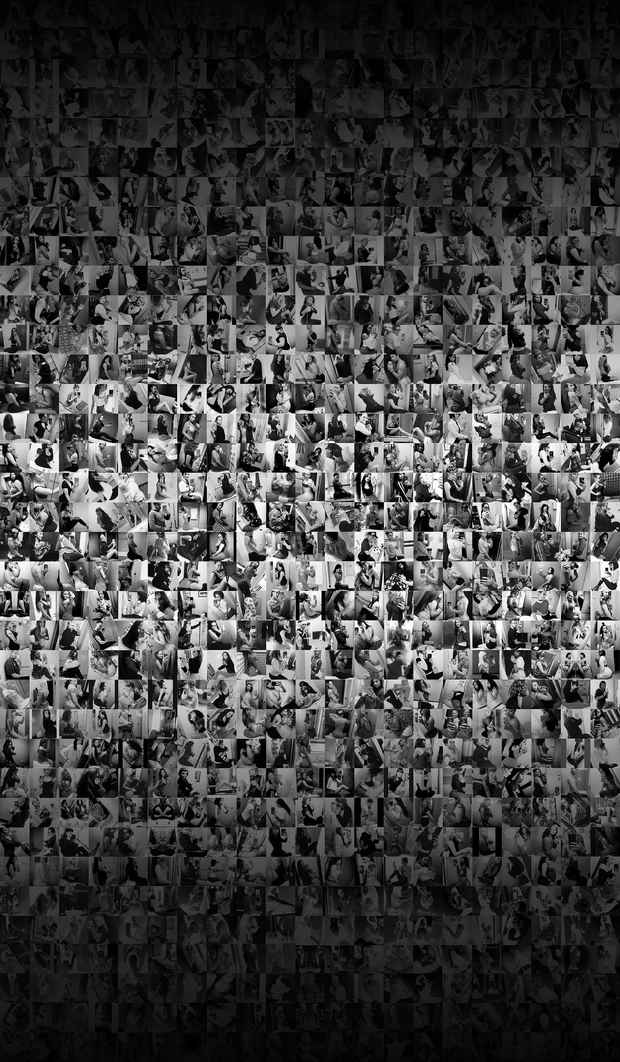Cassandra Zampini “Data Mine”
Rick Wester Fine Art

This event has ended.
A knowledge of photography is just as important as that of the alphabet. The illiterates of the future will be ignorant of the use of camera and pen alike.
-Laszlo Moholy-Nagy in 1936, as quoted in Moholy-Nagy: Future Present
The sheer scale of this data has far exceeded human sense-making capabilities. At these scales, patterns are often too subtle and relationships too complex or multi-dimensional to observe by simply looking at the data. Data mining is a means of automating part of this process to detect interpretable patterns; it helps us see the forest without getting lost in the trees.
-Alexander Furnas, “Everything You Wanted to Know about Data Mining but Were Afraid to Ask”, The Atlantic. April 3, 2012
Rick Wester Fine Art presents the debut exhibition of Data Mine, an ongoing project by the photographer Cassandra Zampini that speaks to the complex contemporary tapestry that weaves and warps the personal obsessions of self-expression, self-identity and self-discovery through the use of the “selfie” in social media. In her first New York exhibition, Ms. Zampini is exhibiting seven large scale composite portraits comprised of thousands of images downloaded from Instagram, chosen from over the 2.5 million images she has so far collected. Carefully chosen and organized, the images are arranged by pose, processed to be monochromatic and then deliberately arranged in patterns that create a tonal range from near complete opaqueness to negative form, then transforming to positive images and back again. The titles are hashtags Ms. Zampini applies to describe the poses, followed by the amount of time it took to upload the images at a rate of approximately 750 new selfies per second. The vertical works are created in one size only ranging from 50 x 30 inches to nearly 90 x 50 inches. They are released in editions of only three examples each.
Instagram has done more for people to communicate through photography than any other media since the invention of the picture press and the massive popularity of photographically illustrated magazines from the early 20thcentury through the Post-War era, the prime difference being that it is interactive, responsive and free of charge. The simple vastness of the amount of imagery Zampini has mined is staggering but the information gleaned from the pictures is far more significant and wide ranging. Zampini’s conclusions include the revelation that despite the complete freedom allowed the sitter/photographer, people tend to mimic existing poses in environments already familiar to them, no matter their geographic location or background. In an era dominated by the omnipresence of Instagram, Twitter, Facebook and other social media platforms, there is an urgent need for artists to explore the ramifications of such a phenomenon on our understanding of our culture and the world. Poignantly, Zampini’s categorizations of poses allows for a democratic distribution of race, gender, sexual identity and any other identifier for presenting oneself to the world, suggesting a thesis stressing a uniformity in humanity rather than one accentuating our differences. With the interconnectedness of the internet, and its ability to cross-reference and unite the world’s population, Zampini has managed to create The Family of Man for Millennials, drawing upon a global source of imagery that Edward Steichen would have never been able to fathom.
Moholy’s quote, dated 1936, came at a time when Fascism in Europe had been established and was further on the rise with limits on freedom of the press – and expression – accompanied by misinformation, inflammatory xenophobic statements and eventually, the wholesale dismissal of the rights of individuals. In this era, social media offers the public a medium for direct and peer to peer communication. The Selfie, with its universal appeal as a claim of individuality, democratizes the internet further and as Moholy would certainly revel in, gets to the essence of photography as language. Anyone, anywhere, understands this idiom now. There is nothing elitist left in self display.
Media
Schedule
from September 13, 2018 to October 20, 2018
Opening Reception on 2018-09-13 from 18:00 to 20:00